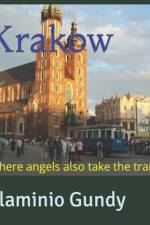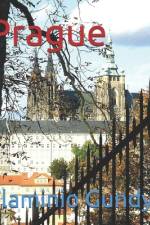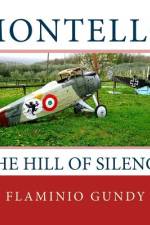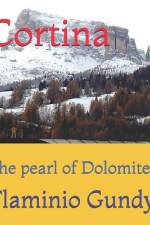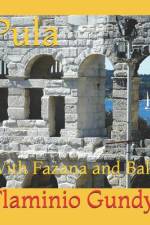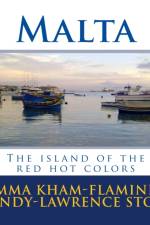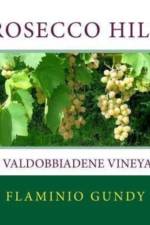av Flaminio Gundy
195,-
It is the magical Prague, full of lights and enchanting colors that are reflected in the glorious Vltava, where the Charles Bridge stretches out to embrace the two lavish shores, the only bridge that can only be traveled on foot, where is heard truly human music of real instruments and where talented artists create true street art. And then Mala Strana, the Castle, the palaces, the parks, the vast square where the Astronomical Clock stands out proudly, which from the fifteenth century it every hour put on a ghostly animation, a time for the peasants, now for the fascinated gaze of tourists.Prague, former capital of the Kingdom of Bohemia, since 1993 the capital of the Czech Republic, slowly growing over nine hills and surrounded by a hundred towers. The Wenceslas Square, now sacred to the citizens of Prague, it saw the declaration of the First Czechoslovak Republic in 1918 after being freed from the Austro-Hungarian Empire. Then the Prague Spring in 1968 with the terrible Soviet repression, followed by the protest movements culminating in the dramatic suicide of the nineteen-year-old student Jan Palach, immolated in the flames in 1969. It followed only twenty years later the Velvet Revolution, the political process that forever dissolved the tyrannical communist regime.Prague was also a center of high European culture, where the theologian Jan Hus, rector of the University of Prague, promoted a religious movement considered the first forerunner of the Protestant Reformation. Excommunicated by the Catholic Church and condemned by the Council of Constance, he was burned at the stake in 1411. In 1621 the Protestants of Bohemia began to be persecuted and those who did not join Catholicism were forced to emigrate to France, a country better disposed to religious tolerance. Among these, many students Bohemians of the University of Prague attended the Sorbonne in Paris, where they brought many of their ways of life that were soon imitated by other students. Over the centuries that lifestyle remained and with it the name of Bohémien.The Prague writer Franz Kafka, considered one of the greatest literary geniuses in the world, is also world renowned.Besides being a magical city in itself, Prague is truly considered the capital of magic, where many astrologers and occult operators specializing in the practice of white magic are still present.There is nothing left to praise but the magnificent Prague beer, famous all over the world for a long time, as well as its characteristic cuisine, whose recipes accompany almost all the photos in this collection.


